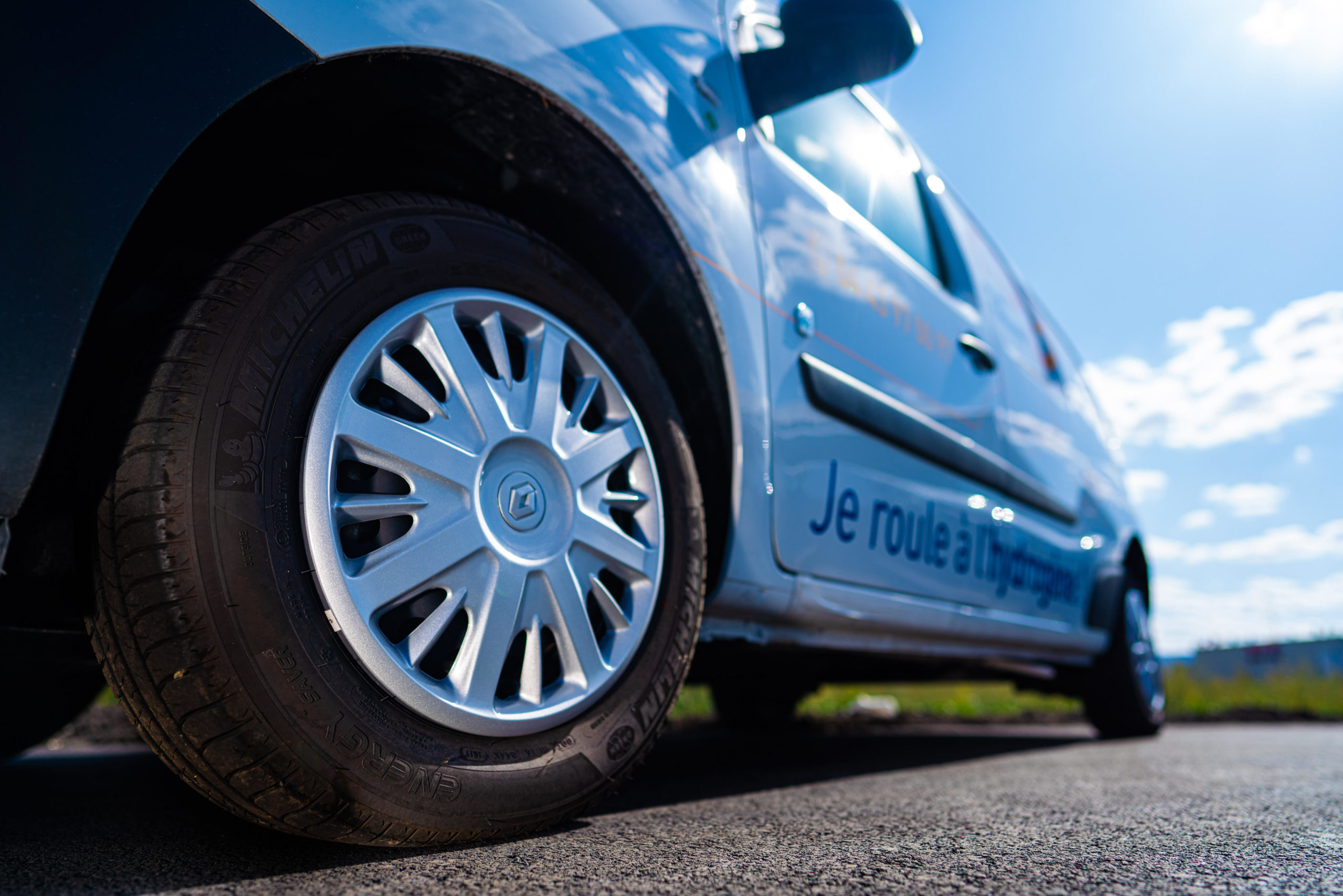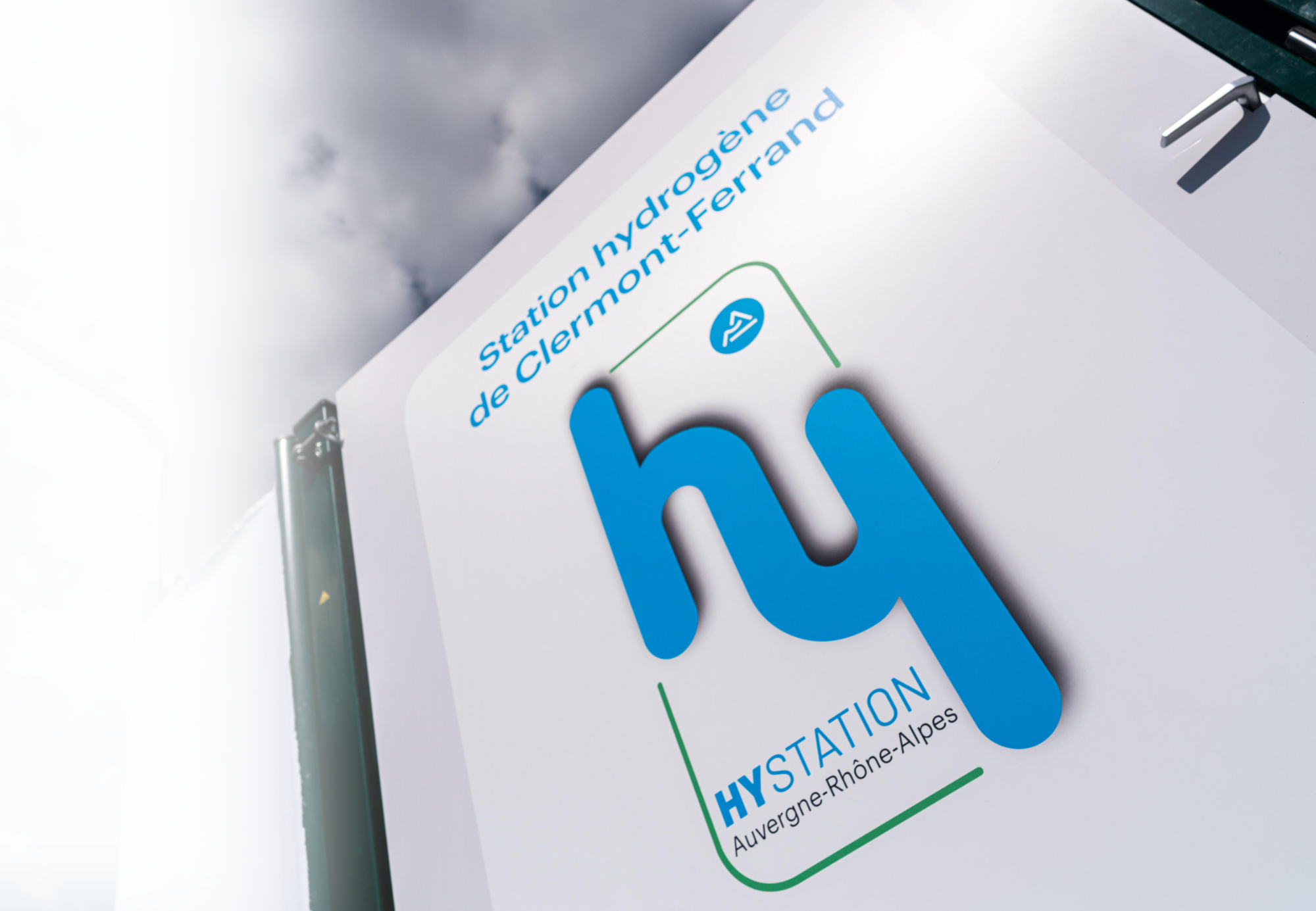Commitment
Michelin’s ambitions are to reduce CO2 emissions from manufacturing by 50% in 2030 compared to 2010 and to achieve net-zero emission manufacturing by 2050.
Michelin’s 2030 target for manufacturing has been validated by SBTi, as have 2 targets for reducing emissions in our value chain:
- Reduce absolute scope 3 GHG emissions from fuel- and energy-related activities, upstream and downstream transportation and distribution, and end-of-life treatment of sold products by 15% by 2030 from a 2018 base year.
- 70% of Michelin’s suppliers for purchased goods and services (in terms of emissions generated) will have science-based targets by 2024.
Michelin has declared its support for the Task Force on Climate-related Financial Disclosure and publicly discloses according to the TCFD recommendations.
Lighthouse initiative
As part of its commitment to decarbonized mobility, Michelin has been developing R&D expertise in the field of hydrogen fuel cells for more than 15 years. In 2019, Michelin and Forvia created a Joint Venture around Symbio to produce and market hydrogen systems for light and commercial vehicles, buses and trucks. Since June 2023 Stellantis has joined this JV alongside Michelin and Forvia sharing the same ambition to make Symbio one of the worldwide leaders in fuel cell systems.
However, first industrial deployments are a pre-requisite towards competitive mass production and simultaneous deployment of HRS and H2 vehicles is a key success factor. Therefore, in 2018, the French Auvergne Rhône Alpes region, Michelin and ENGIE launched the first “Zero Emission Valley” mobility project in Europe, a €100 million project to deploy hundreds of vehicles for professional use (LCVs, buses, trucks, ..) and a network of 17 stations supplied with green hydrogen throughout the region. To this end, these players created in 2019 the Hympulsion company to deploy hydrogen mobility on a regional scale. 3 stations are operational, and by end of 2023 there will be 3 additional stations and a 2 MW electrolyser . The rest of the network will be implemented before end of 2024.


